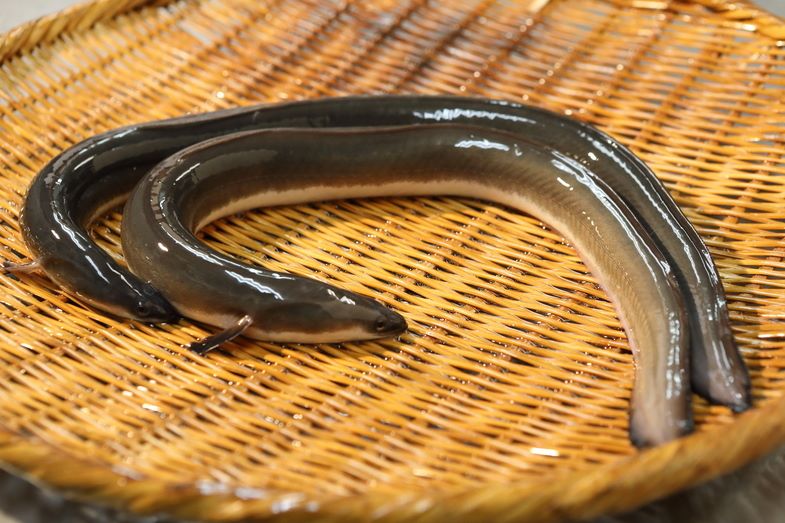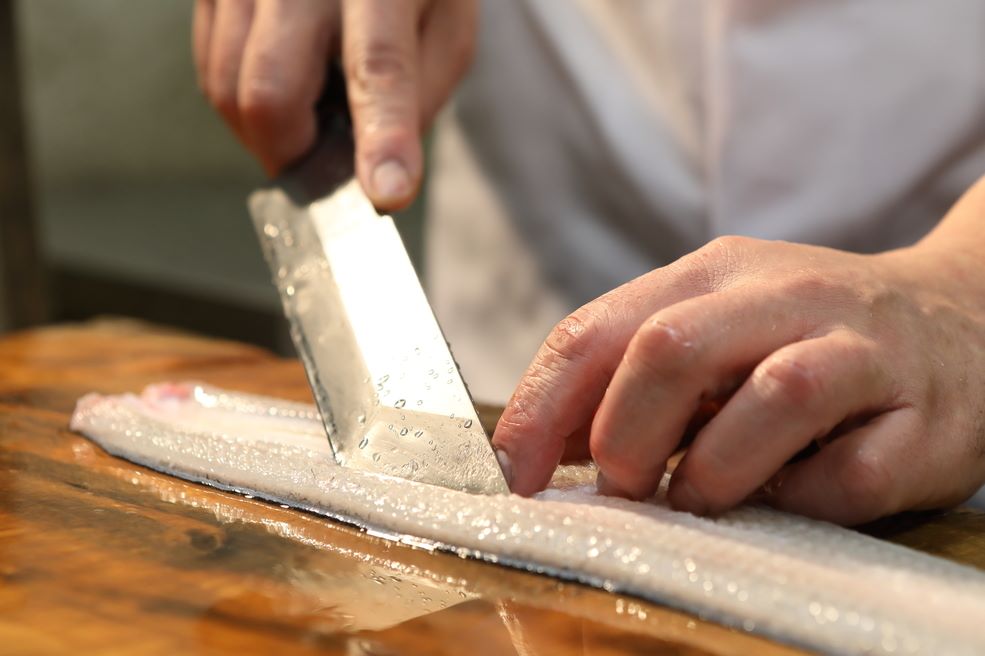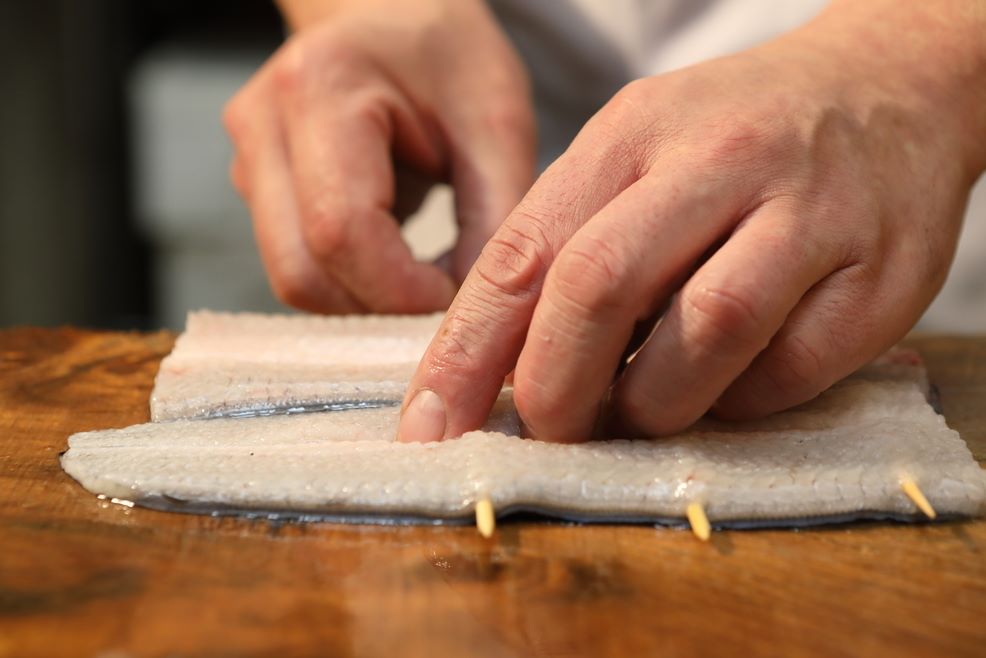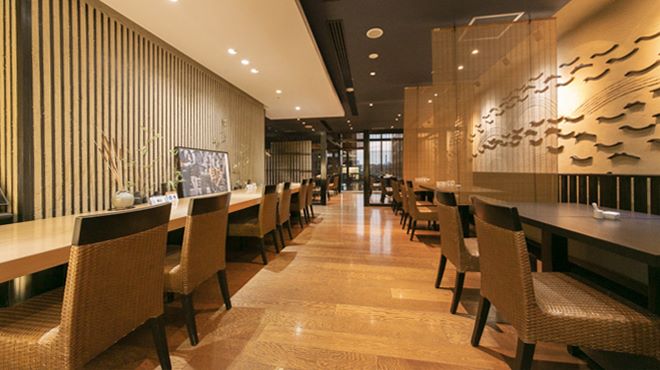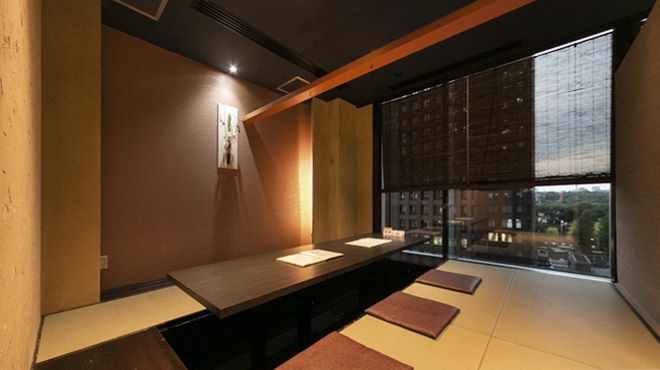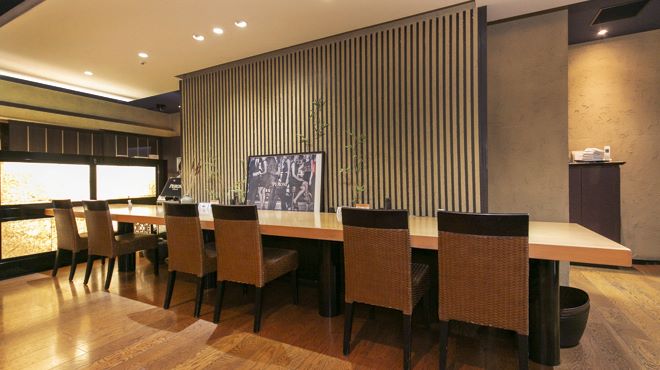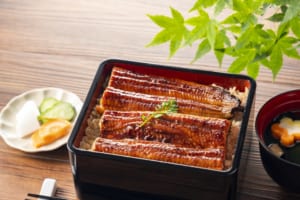Komagata Maekawa: Old-School Eel in Tokyo with a View
Komagata Maekawa Tokyo Review: Traditional Eel Dining Near Tokyo Station
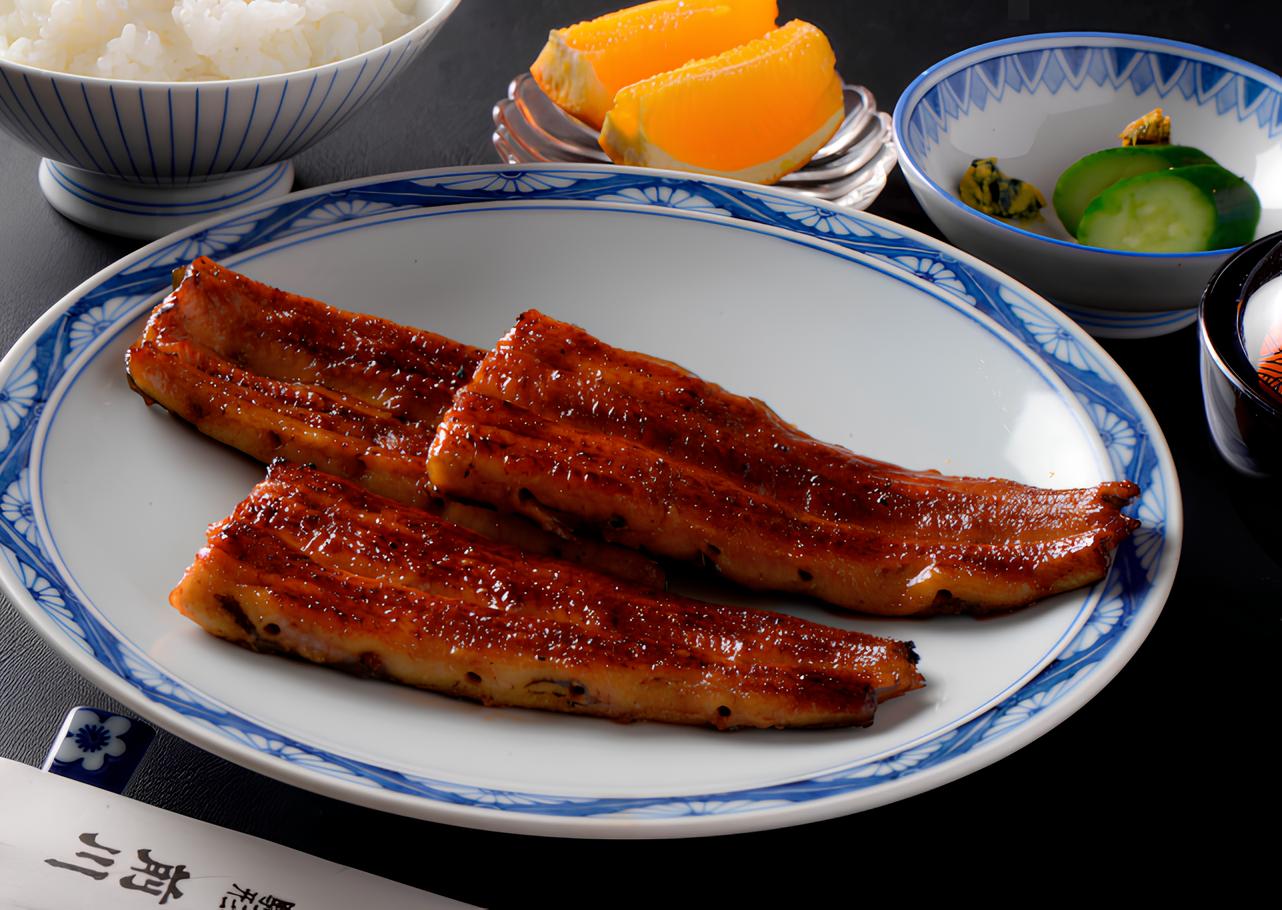
In the buzz of Marunouchi’s high-rise maze, Komagata Maekawa quietly fires up its charcoal grills on the fifth floor of the Shin-Marunouchi Building, next to Tokyo Station and conveniently close to the Ginza area. Chefs draw on over 200 years of eel-grilling craft to balance a smoky grill with a hint of sweetness. One bite of their carefully prepared sets, and the noise of Tokyo fades into the background. This restaurant creates a dining experience that respects its historical roots while accommodating the pace of modern city life.
If you’re looking for comprehensive guide to Ginza, check out our All-in-One Guide to Ginza.
What is Komagata Maekawa?
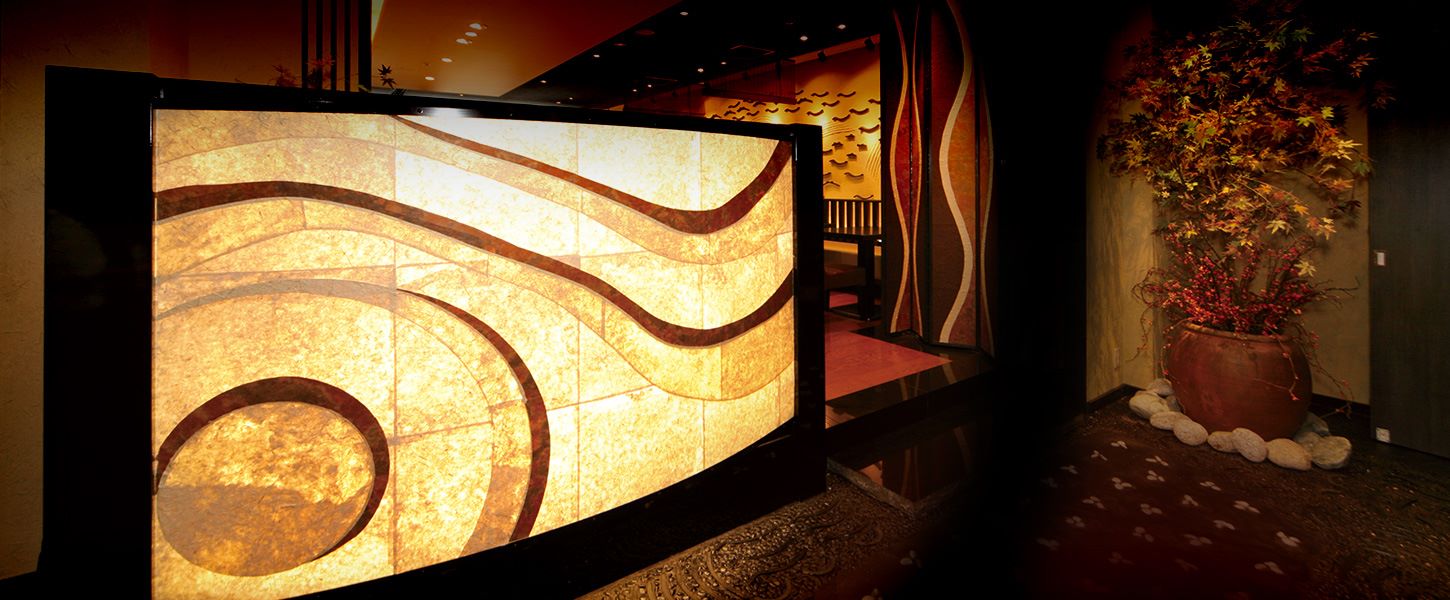
Komagata Maekawa is a historic unagi (eel) specialty restaurant established during the Bunka-Bunsei era of the Edo period, boasting over 220 years of culinary tradition. While its flagship store resides in Asakusa, the Shin-Marunouchi branch offers the same commitment to quality in a modern setting.
The restaurant is renowned for its use of “Unagi Bando Taro”, a premium brand of domestically farmed eel raised in conditions that closely mimic the natural environment. This particular eel is prized for its tender texture and rich flavor. The signature sauce, a secret recipe passed down through generations, is made solely from soy sauce and mirin, without the addition of sugar or sake, resulting in a robust, traditional Edo-style taste.
The Shin-Marunouchi branch features a fusion of Japanese and Western aesthetics, with modern table seating and traditional horigotatsu (sunken floor) rooms. Jazz music plays softly in the background, creating a serene atmosphere that complements the dining experience.
Ambiance and Seating
Komagata Maekawa Shin-Marunouchi avoids the overplayed “old-meets-new” gimmick and instead commits to a clean, straightforward layout. The dining space pairs dark wood accents with simple lighting, giving it a calm but not sleepy atmosphere. Seating options are split between regular tables and sunken kotatsu-style booths, which are popular for both their comfort and a subtle nod to traditional dining.
In the evening, jazz filters through the space while Tokyo’s skyline glows beyond the windows. It’s not meant to impress with theatrics—it just feels composed, intentional, and suited for a proper meal that doesn’t rush.
Who Should Visit?
Because of its location, this is not a spontaneous “grab a bite” kind of spot. It’s more aligned with business dinners, quiet celebrations, or anyone willing to pay for quality without spectacle. Portions are modest but deliberate, and the service leans formal but not stiff.
It’s a smart pick for travelers looking to try a historic eel specialty in a setting that doesn’t rely on retro props. Locals who know eel will come for the consistent execution; tourists with an interest in Japanese food beyond sushi and ramen will find it rewarding, so long as they’re prepared for the pace and price of a proper sit-down meal.
Komagata Maekawa Hours & Best Time to Visit
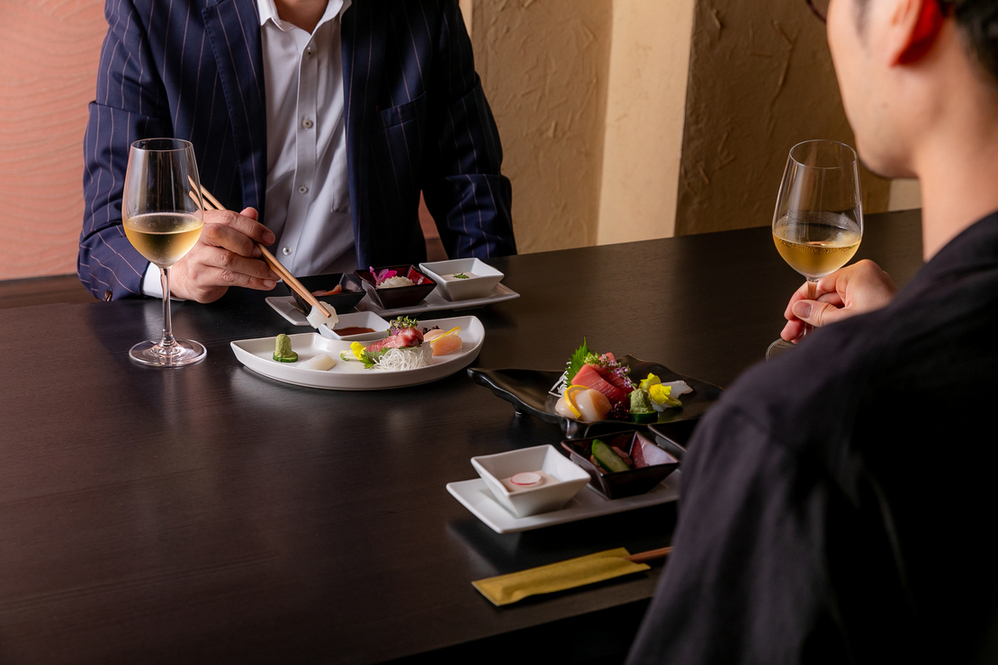
Komagata Maekawa Shin-Marunouchi operates on a split schedule. Lunch runs from 11:00 to 14:30, while dinner service picks up from 17:00 to 23:00 on weekdays and Saturdays, with last orders at 21:30. Sundays and holidays close an hour earlier, with last orders at 21:00.
- For a quieter visit, weekday lunches are your best bet, particularly just after opening, when both the dining room and kitchen are in full rhythm but the crowd hasn’t fully settled in.
- Dinner leans more atmospheric, especially for those who want the city skyline as part of the backdrop. Evenings, especially weekends, tend to be busier due to the restaurant’s popularity among both locals and tourists.
If you’re after a booth seat or a view by the window, reserving in advance is strongly advised, especially on Fridays or weekends, when foot traffic from nearby offices and shoppers picks up.
While the menu doesn’t shift drastically by season, eel in Japan traditionally peaks in the summer during the Doyo no Ushi period (late July), when unagi is seen as stamina food. Visiting then brings a bit of seasonal context, though prices and crowds tend to rise with it.
How to Get to Komagata Maekawa
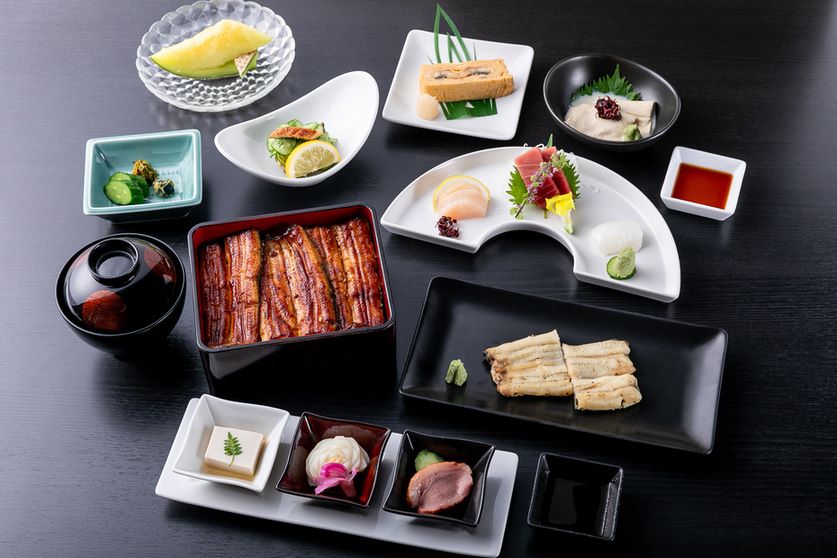
The restaurant is conveniently located in the Shin-Marunouchi Building, with excellent access to several major train stations:
By Train
- JR Tokyo Station (Marunouchi Exit): Approximately 2-minute walk
- Tokyo Metro Marunouchi Line – Tokyo Station: Approximately 1-minute walk
Tokyo Metro Tozai Line – Otemachi Station: Approximately 3-minute walk - Tokyo Metro Chiyoda Line – Nijubashimae Station: Approximately 3-minute walk
Walking Directions
From JR Tokyo Station (Marunouchi Exit):
- Exit the station through the Marunouchi Exit.
- Cross the plaza to reach the Shin-Marunouchi Building.
- Take the elevator to the 5th floor; the restaurant is located there.
 Business Hours Business Hours |
11 AM–3 PM / 5–11 PM (–10 PM on Sundays) |
|---|---|
 Official Website Official Website |
https://www.unagi-maekawa.com/shop/shinmaru/ |
Visitor Reviews of Komagata Maekawa
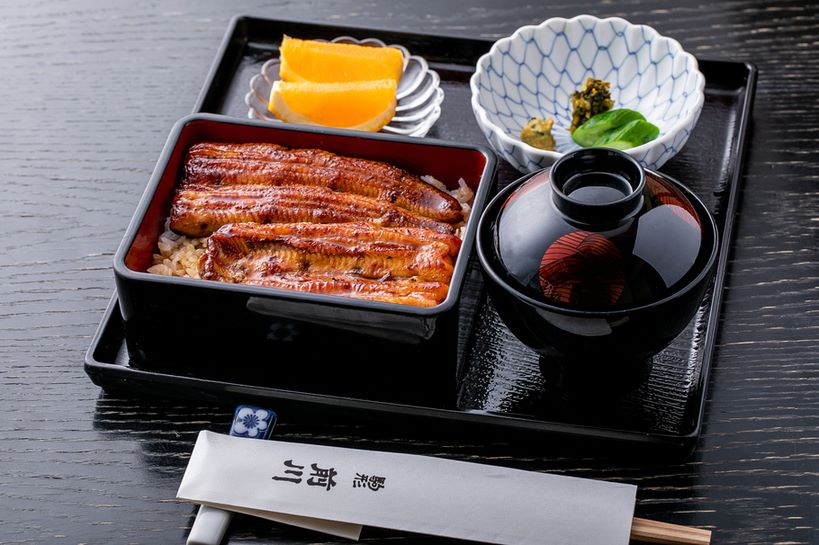
Tourist and local feedback on Komagata Maekawa Shin-Marunouchi reflects a generally positive, though measured, impression. On Google, the restaurant holds a rating of 3.8 from 286 reviews, while Tabelog, Japan’s most trusted food review platform, scores it at 3.48 across 378 entries. These scores suggest solid execution with room for refinement—especially for a restaurant positioned at this price point.
One Tabelog reviewer highlighted the effect the meal had on their mood and focus, stating:
“I had the high grade Bando Taro. The crispy and fluffy texture was very satisfying. Everyone ate in silence, forgetting about conversation. The jelly in the shape of cherry blossom petals, which was made with fruit, provided a nice aftertaste to rinse off the fat.
It looks like I will be able to work hard this term. Thank you for the meal.”
―from Tabelog
Another diner appreciated the location and overall quality, while also noting a small letdown in the appetizer variety:
“It’s on the 5th floor of Shin-Maru Building and is easily accessible from Tokyo Station, making it a convenient place for meetings.
At night, the view of the Imperial Palace is amazing and lifts your spirits.
The eel was plump and delicious. It was a little disappointing that they didn’t have any sashimi-style snacks.
Next time, I’d like to go to the main store in Komagata.”
―from Tabelog
Overall, the reviews paint a picture of a place that delivers on its core promise—skillfully prepared eel in a prime location—while leaving some room for improvement in variety and service breadth. Most diners walk away content, especially those who come in knowing what to expect.
Discovering Tokyo’s Foodie Culture
If you’re curious about Tokyo’s food culture beyond the usual tourist picks, the YouTube channel FoodTravelTokyo is worth checking out. It captures the variety of the city’s dining scene through candid reactions from international travelers tasting everything from classic staples to regional specialties.
For those who want to get involved, there’s an opportunity to join their community by submitting this short form. It’s a chance to share your own food experiences and potentially take part in future features that dive into Tokyo’s ever-evolving food landscape.
For more gastronomical information and local recommendations, check these articles too!
Written by
Established in 2016, Japan Web Magazine is a long-running online media platform dedicated to sharing the beauty and uniqueness of Japan with a global audience. Our team is made up of passionate Japan lovers—both Japanese and international writers—who bring a diverse and authentic perspective to every article. We cover everything from must-visit travel destinations across Japan, to local food recommendations, shopping guides, and practical travel tips. In addition to tourism content, we also delve into Japan’s rich cultural tapestry, introducing readers to traditional customs, festivals, and the latest trends in modern Japanese pop culture, including anime and entertainment. Driven by a genuine love for Japan, our mission is to connect readers around the world with the wonders of this incredible country.





